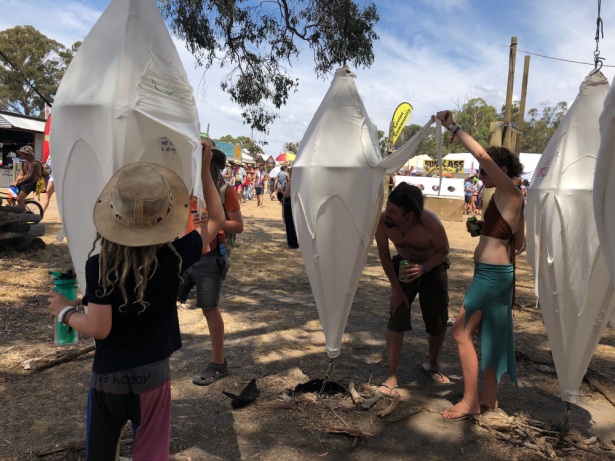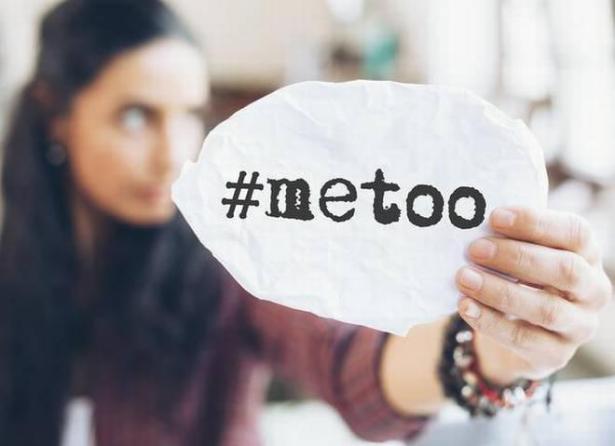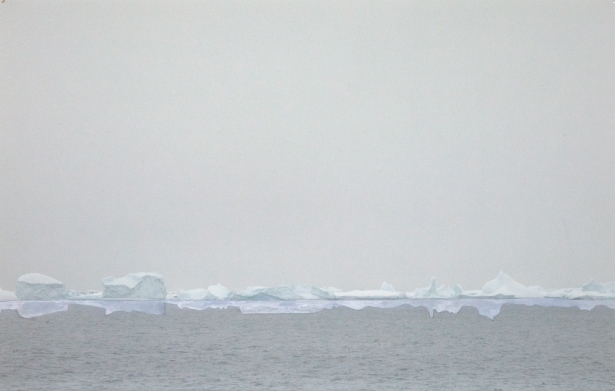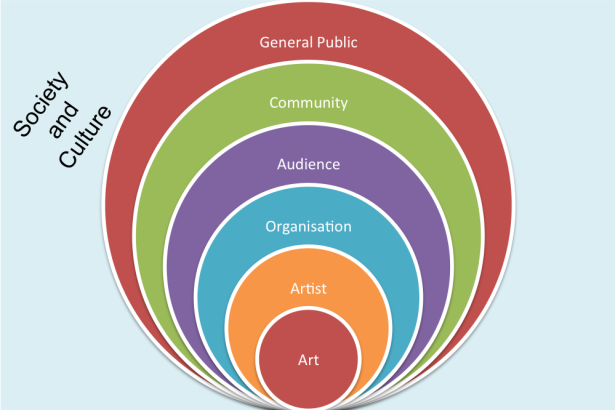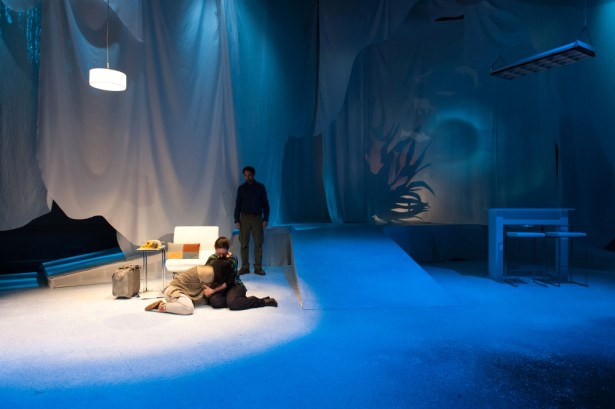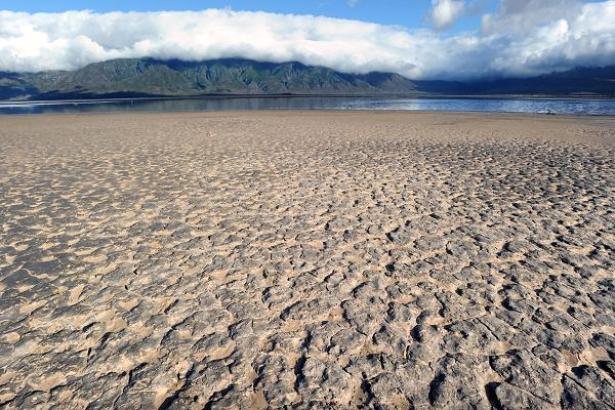This post comes from the Artists and Climate Change Blog
Through Persistent Acts, I look at the intersection of performance, climate, and politics. How does hope come to fruition, even in the most dire circumstances? What are tangible alternatives to the oppressive status quo? My Persistent Acts series considers questions of this nature to motivate conversations and actions on climate issues that reverberate through politics and theatre. The Persistent Acts series continues, zeroing in on the particular politicized topic of reproductive justice through the story of the Jane Collective.
______________________________
Near the end of Women’s History Month, and in preparation for the annual New York Abortion Access Fund (NYAAF), a cohort of political theatre activists, the Back to Work Collective, staged a reading of the 2018 screenplay Ask for Jane. We organized this reading to raise money and awareness for NYAAF, which provides safe and accessible abortions to anyone in New York.
White supremacy, colonization, and patriarchy – which keep people of color impoverished and LGBTQ+ people marginalized, and seek to restrict women’s right to choose when and how to have a child – are the same power structures that attempt to control nature, assert humans as the dominant species, and prioritize profits over anything else (including the future of life on Earth). Therefore, what happens to women and underrepresented communities cannot be separated from what happens to nature.

Ask for Jane image by Paul Bedard.
Ask for Jane is based on the true story of the Jane Collective, an underground network of abortion providers in Chicago. In the years leading up to the Roe v. Wade decision, these women adopted the Jane moniker to support one another when needs arose for safe and affordable abortions. I had only heard of this story as an organizer of the Back to Work reading, but the Janes had a rippling effect on the movement for legal abortions, and for reproductive rights in general. As one of the Janes and author of The Story of Jane: The Legendary Feminist Abortion Service, Laura Kaplan, puts it:
Those of us who were members of Jane were remarkable only because we chose to act with women’s needs as our guide. In doing so we transformed illegal abortion from a dangerous, sordid experience into one that was life-affirming and powerful.
The impetus for the Jane Collective is inspiring because of this empowering energy. These young women saw the needs of their peers, recognized that establishments were not going to help, and thus took matters into their own hands. Close to fifty years later, as state restrictions counter the Roe v. Wade ruling and abortions are again driven underground, women are still leaning on and learning from one another.

March in support of Roe v. Wade: WBUR.
When the creators of Ask for Jane embarked on their project, they thought the country would be in a much different position at the time of the film’s release. Instead, we’re sliding back to the same place as the conditions prior to Roe v. Wade. The film took on a new urgency, as we followed characters who faced similar conundrums to women today: from feeling option-less when it comes to reproductive “choices†to the insurgence of #MeToo and #TimesUp in the face of sexual violence. The underlying system of patriarchy has remained intact, pitting female (or non-binary) experiences as less worthy than a cis-male experience.
Ask for Jane is the tip of the iceberg in the abortion and reproductive rights conversation. It is also a significant instance of activism and organizing by and for the people. Bringing such stories back to life is an important step in undoing oppressive systems like patriarchy, to look back, remember when times were tougher, and recognize that for some, the circumstances haven’t changed. How can we not just look back on history and learn from it, but also take tangible steps towards equity? Shouldn’t the successes in justice of the past live on, so that we are continually building a world by and for everyone, not just the few?

About 200 members of the Women’s Coalition marched south on State Street from Wacker Drive on May 15, 1971, to the Civic Center demanding equal opportunity, free child care and free abortions. (James Mayo, Chicago Tribune)
In a blink, I’m feeling history fold over itself. Hard-won rights and steps toward equity and inclusion are being threatened and trampled. What is different now, than in the early 1970s for example, is the proliferation of the Internet and digital media, to communicate, magnify, and organize. How can we take learning from history to another level, to get to the root of the oppressive systems, and take actions to stop repression in its tracks? A start is to tell and retell the stories from the margins, amplifying successes of the past and drawing courage from those who have come before. The arts play a role here, as I experienced in hearing Ask for Jane. Despite the differing decades and cities, the necessity of reproductive rights felt more urgent than ever. I am educating myself on stories of struggle and triumph, interrogating dominant narratives, and reevaluating my assumptions of history as static, to build on the momentum of the original Jane Collective and the contemporary Janes, and to tear down the patriarchy.
Take Action
Learn more about reproductive issues and how to take action via the Our Bodies Ourselves organization and the National Network of Abortion Funds.
Meet other performance initiatives on reproductive rights, including Words of Choice and writings by original Jane member Judith Arcana.
______________________________
Julia Levine is a creative collaborator and vegetarian. Originally from St. Louis, Julia is now planted in the New York City downtown theatre realm. As a director, Julia has worked on various projects with companies that consider political and cultural topics, including Theater In Asylum, Honest Accomplice Theatre, and Superhero Clubhouse. She is on the Marketing team at HERE Arts Center and is Artistic Producer of The Arctic Cycle. Julia writes and devises with her performance-based initiative to bring questions of food, climate, and justice into everyday life.
Artists and Climate Change is a blog that tracks artistic responses from all disciplines to the problem of climate change. It is both a study about what is being done, and a resource for anyone interested in the subject. Art has the power to reframe the conversation about our environmental crisis so it is inclusive, constructive, and conducive to action. Art can, and should, shape our values and behavior so we are better equipped to face the formidable challenge in front of us.




